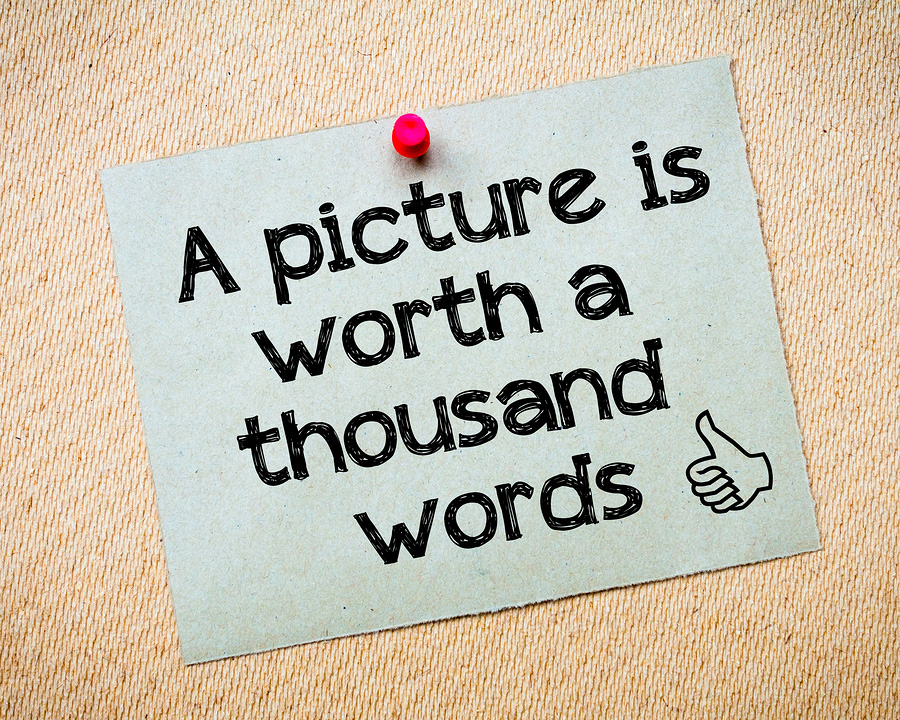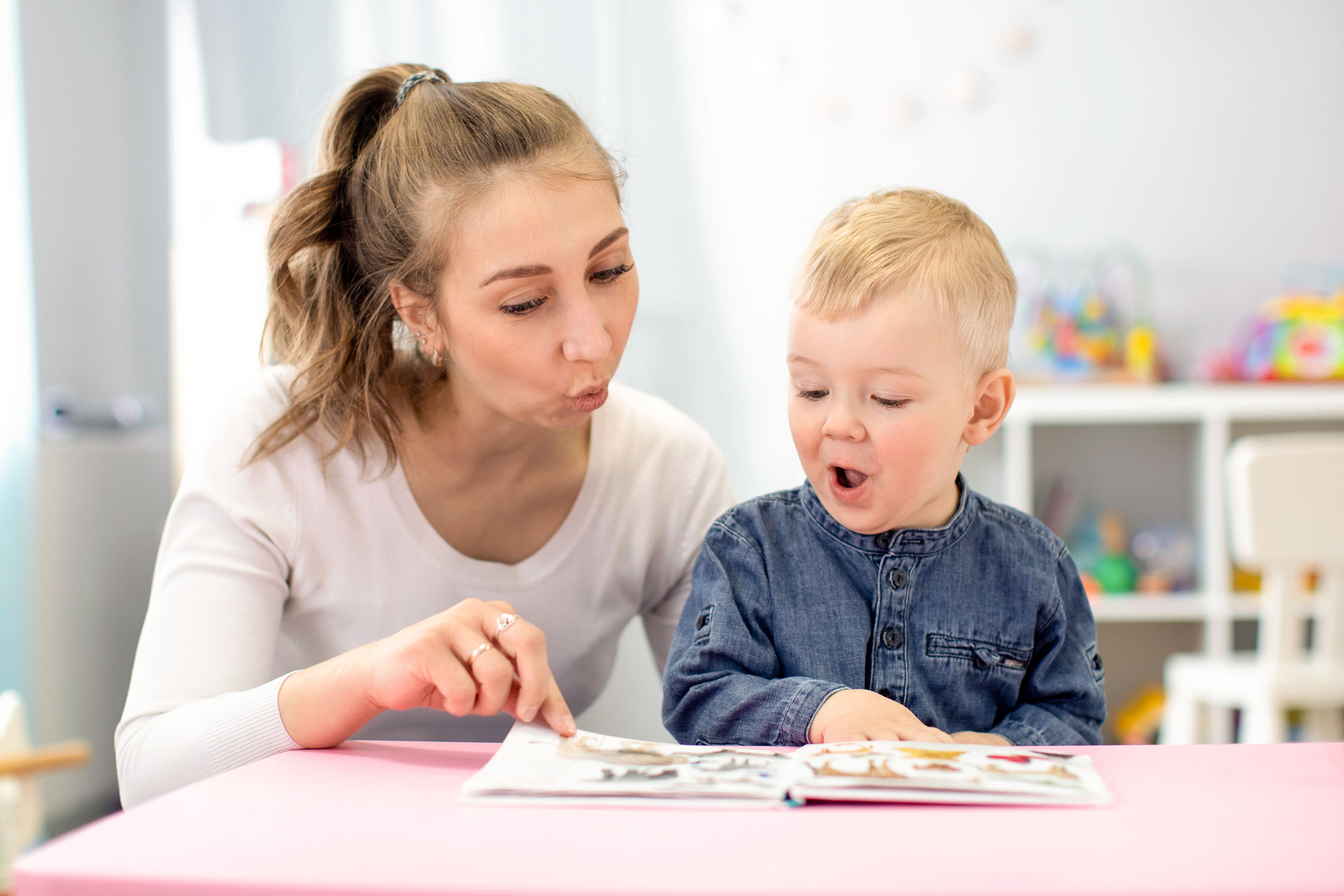
“Look at me when I am talking to you”, the famous quote from Morcombe and Wise, also succinctly sums up the first link in the Elklan communication chain. Elklan training courses emphasise the importance of eye contact and non-verbal communication, as when these are understood, they offer huge benefits for improving communication skills.
Studies have shown that speech makes up just 20%-30% of all communication, with non-verbal cues far more effective in making your point and being understood. It is also important for the communicator to make eye contact and look out for non-verbal cues, so that they know that what they have said has been taken in, and it is ok to continue with the conversation.
Non-verbal communication helps people to:
Reinforce what has been said
For example, a person may nod their head as well as saying “Yes” to make it clear that they agree with what is being said. Non-verbal cues can also be used to modify what has been said; folding arms and using closed-off body language whilst saying “That sounds good” may indicate that you are not happy with the situation, and prompt the person you are speaking with to delve deeper.
Show how they are feeling emotionally
Lots of people use facial expressions and tone of voice to express their emotions without explicitly saying what they are thinking. This is something which really helps in social situations, ensuring that people can read a situation or person’s state of mind.
Reinforce relationships
People that are close, such as couples or good friends, will often unconsciously ‘mirror’ each other, meaning that they tend to have similar facial expressions, move in similar ways and copy each other’s body language. This shows closeness and makes them feel more connected to each other.
By the same token, a teacher will be stood up in front of a classroom, shoulders back and head up in an authoritative pose, whilst students are sat down and facing them. This “contextualises” communications as it helps to create a sense of who is in charge and to focus the attention of the students where it needs to be.
Give feedback
If you watch a conversation, you will usually find that people subtly give each other feedback all the time, smiling or nodding to show that they agree, frowning or shaking their heads to indicate that they don’t like what is being said. Certain movements and hand gestures indicate to the other person that you want to interject, and so on.
Negative and positive body language
Two of the most effective types of body language in communication are negative and positive body language. You can show negative and positive emotions through facial expressions, body posture and hand gestures that indicate how you truly feel about a situation.
The ability to understand and interpret negative and positive body language can also make you an excellent communicator, as you can pick up on unspoken problems and feelings that the person you are speaking with may have.
Negative body language includes:
- Crossed arms
- Body turned away from you/the speaker
- A tense facial expression
- Poor/no eye contact
Positive body language includes:
- Open body posture (arms unfolded; body turned towards you/the speaker)
- Relaxed facial expression
- Good eye contact
- Arms and hands at rest (as opposed to clenched, fidgeting etc.)
Elklan training works on improving non-verbal as well as verbal communication skills because understanding how to read and use these is critical in teaching all children, particularly those with SLCN. Elklan training covers strategies to help teachers and teaching assistants develop communication in small groups and large classes, identify when a student is struggling to understand what is being said and maintain student attention for longer periods of time.
Some of the strategies taught to develop understanding and communication in the classroom include:
- Being aware of noise levels in the room, and perhaps setting out certain areas as ‘quiet zones’ where children can go to communicate and listen more easily.
- A classroom or teaching area which is neat and ordered, without too much clutter.
- Keeping adults doing jobs or having conversations out of sight and earshot during key listening times, such as story time.
- Getting a child’s full attention before giving any instructions and making sure that the instruction has been fully understood before moving on.
- Keeping visual timetables which map out each part of the day, so children know what is coming next and feel more secure. For those with communication issues, this can be key for reducing anxiety and thus improving concentration.
- Careful planning of where children with attention difficulties are placed in the classroom. They need to be away from distractions, close to the front and with a good view of the whiteboard and teacher.
- Teachers' desks should be as calm and clutter-free as the rest of the room, as even though this area is not particularly relevant to the class, it can cause a distraction for those with difficulty paying attention.
- Visual aids should come out for each project specifically and then be moved out of sight again. Whilst many classrooms, particularly for younger children, like to display artwork and so on, this can be a source of distraction for children who struggle with concentration.
How can Elklan help
Elklan training courses help education institutions for all ages and of all types to become communication-friendly settings, ensuring that children with SLCN, as well as children with regular needs, are more able to communicate and less likely to struggle with distraction. Learning about non-verbal communication can help teachers and teaching assistants to spot children who are struggling and use their own non-verbal language to back up the things that they say.
Non-verbal communication includes everything from body language to the learning environment, so it is fair to say that it is a critical learning opportunity for teachers of children of all ages and abilities.
To see how Elklan can help you, please give us a call on 01208 841450 or contact us.



